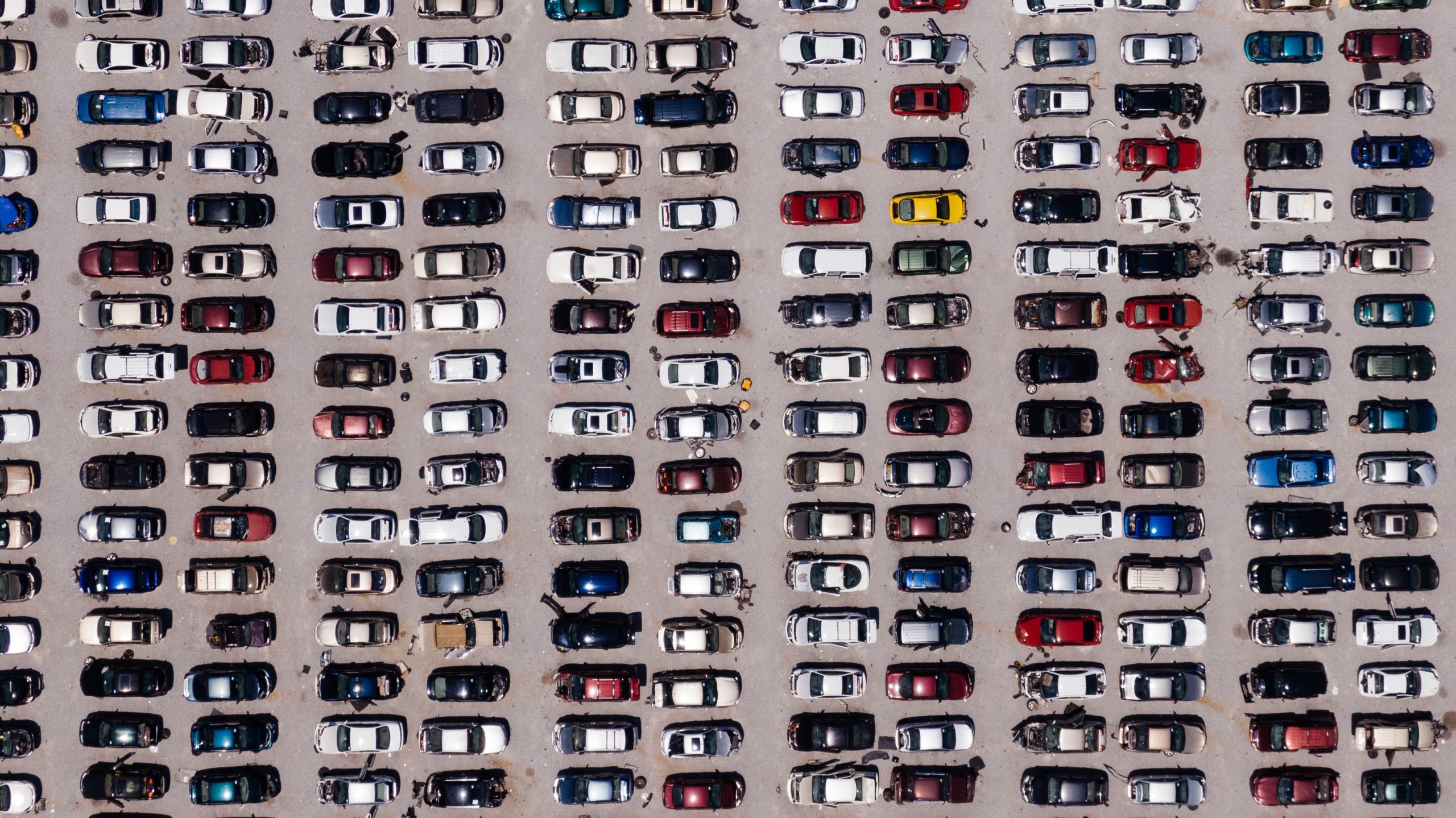
Motor Trade Plates Explained
Many jobs in the motor trade involve collecting, delivering or testing vehicles on public roads. When motor traders have temporary possession of multiple vehicles, it can be time-consuming and costly to tax them individually. Fortunately, trade licence plates can help avoid this hassle while complying with road tax requirements.
Trade licence plates are temporary number plates that allow unlicensed vehicles to be driven for specific business purposes—namely, for repair, demonstration or movement between locations. For instance, trade plates can be used by motor dealers when moving cars from one location to another for the purpose of resale. Issued by the Driver and Vehicle Licensing Agency (DVLA), trade plates are mainly applicable to the following businesses:
- Dealers, manufacturers and repairers of vehicles (including collection and delivery agents)
- Manufacturers of trailers
- Valets and accessory fitters
- Vehicle testers
Before applying for trade plates, qualifying businesses must first obtain a trade licence. Applications for both can be made on the DVLA website. Once issued, businesses can only use trade plates for the purposes outlined on their applications. These plates can only be used on cars that are safe to drive, insured and have valid MOTs.
Misuse of trade plates carries a fine of up to £5,000, so it’s vital that businesses follow DVLA requirements carefully, including those on how to display trade plates. Plates must not be displayed behind the windscreen; instead, they should be exterior to the vehicle, in a vertical position and easily readable from 18-22 metres. Additionally, the original registration must not be covered.
While trade plates can help motor traders comply with road tax requirements, motor trade insurance can help ensure they are adequately protected from a wide range of business-specific risks. For more information on relevant insurance solutions, contact us today.
